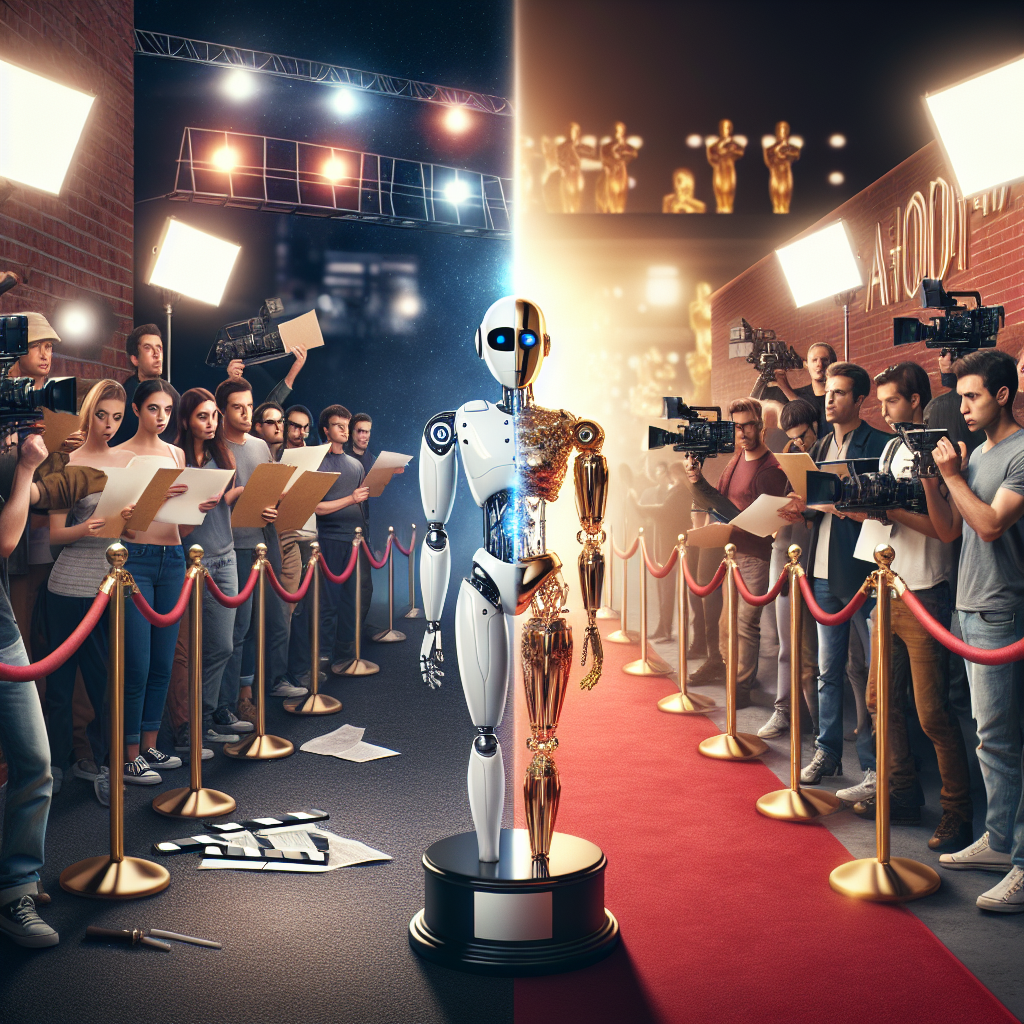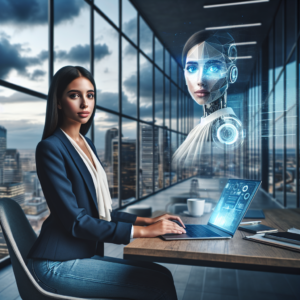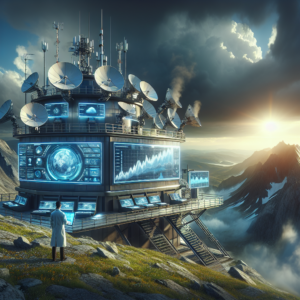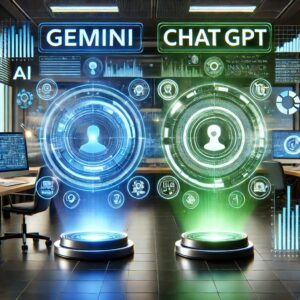AI Helped Cause Hollywood Strikes. Now It’s in Oscar-Winning Films
The landscape of Hollywood has been undergoing significant transformation, particularly with the rise of artificial intelligence (AI). This technologically driven change has not only sparked discussions around labor and job security but has also influenced the very fabric of storytelling in cinema. The recent Hollywood strikes have brought to the forefront the tension between traditional creative industries and emergent technologies. As we dive deeper into the intertwining narratives of AI, labor disputes, and the evolution of Oscar-winning films, we uncover a story that is as compelling as any screenplay.
The Impact of AI on Hollywood Strikes
The Hollywood strikes were primarily driven by concerns over job security and the potential replacement of human creativity with AI-generated content. Here’s a closer look at how AI played a role in the recent labor movements:
Economic Concerns
– Job Displacement: Many industry professionals voiced fears that AI could take over roles traditionally held by writers, directors, and even actors. The efficiency of AI in generating scripts, story ideas, and even visual effects posed a direct threat to job security.
– Monetization of AI Tools: The growing use of AI tools in filmmaking raised questions about how profits would be shared. Industry stakeholders worried that studios could leverage AI to cut costs while minimizing human contributions.
Creative Authenticity
– Authenticity vs. Automation: The essence of storytelling lies in human experiences, emotions, and perspectives. The looming presence of AI-automated processes led many to question whether a machine could genuinely understand and convey nuanced narratives.
– Reactions from the Creative Community: Many prominent figures in Hollywood spoke out against the over-reliance on AI. Writers and directors argued that while AI may assist in certain creative processes, it should never replace the human touch that is essential for authentic storytelling.
AI’s Role in Oscar-Winning Films
Despite the controversies surrounding AI, its integration into the film industry has led to groundbreaking achievements. Several Oscar-winning films have begun to incorporate AI in various aspects of production, highlighting both the potential and challenges of this technology.
AI in Scriptwriting
One of the most exciting applications of AI is in scriptwriting. AI tools can analyze existing scripts, identify trends, and even generate new storylines based on data-driven insights. For example:
– Originality: AI has the potential to help writers overcome creative blocks by generating unique ideas that may not have been considered.
– Feedback and Revisions: AI algorithms can provide instant feedback on scripts, suggesting improvements based on audience data and genre conventions.
Visual Effects and Animation
AI technology has also transformed the way visual effects are created. Oscar-winning films have utilized AI to streamline production processes, resulting in stunning visual storytelling. Notable contributions include:
– Enhanced Visuals: AI can help create hyper-realistic graphics, enabling filmmakers to push the boundaries of what is visually possible.
– Time Efficiency: By automating certain tasks, filmmakers can allocate resources more effectively, allowing for richer storytelling and creative experimentation.
The Future of AI in Film
As we look forward, the relationship between AI and Hollywood is likely to continue evolving. While challenges abound, the potential for collaboration between human creativity and AI tools offers exciting prospects for the future of cinema.
Balancing Innovation and Tradition
To ensure a harmonious coexistence between AI and traditional filmmaking, industry stakeholders will need to find common ground. Here are a few strategies for balancing innovation with the preservation of creative integrity:
– Collaborative Frameworks: Establishing guidelines on how AI can be used ethically in scriptwriting and production will be crucial. This could include policies that protect writers’ rights and contributions.
– Training and Education: Fostering a culture that promotes education about AI’s capabilities and limitations will empower creators. Understanding AI tools can help writers and directors leverage technology without losing their unique voice.
Emphasizing Human-Centric Narratives
As AI technology advances, the importance of human stories and experiences will remain paramount. Filmmakers should focus on utilizing AI as a tool to enhance storytelling rather than replace the human element. This human-centric approach can be achieved by:
– Incorporating Diverse Voices: Ensuring that narratives reflect a wide range of experiences and perspectives can counteract the potential homogenization of content driven by AI.
– Fostering Collaboration: Encouraging collaboration between AI developers and creative professionals can lead to innovative solutions that enhance the storytelling process.
Conclusion: Embracing Change in Hollywood
The intersection of AI and Hollywood presents both challenges and opportunities. While concerns over job security and creative authenticity persist, the potential for AI to elevate the filmmaking process is undeniable. As the industry navigates this transformative period, embracing change while valuing human creativity will be essential for ensuring that the heart of storytelling remains intact.
In summary, the relationship between AI and Hollywood is complex, with its impact felt deeply through strikes and Oscar-winning films alike. As we move forward, the challenge will be to harness the power of AI in ways that enrich the cinematic experience while honoring the unique contributions of human storytellers. The future of film is being shaped by technology, but the stories that resonate will always be rooted in the human experience.



